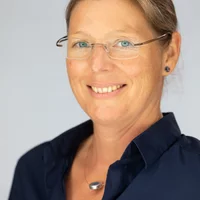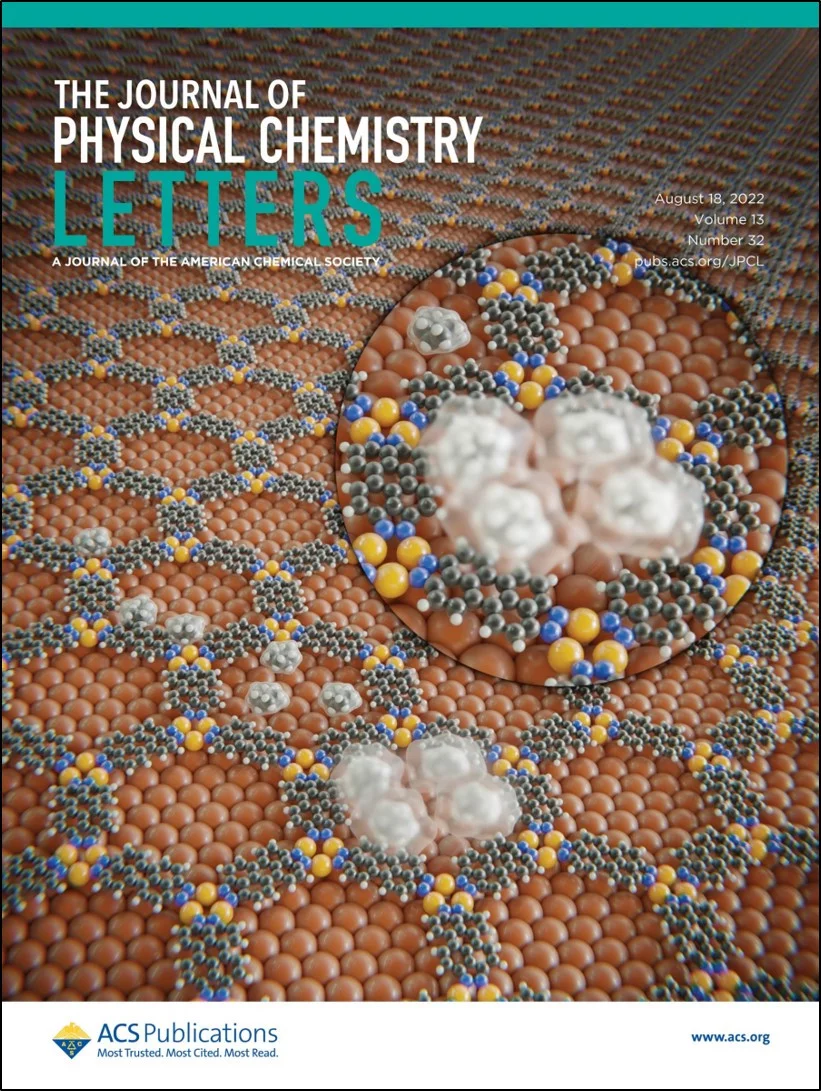When cycloalkanes are enclosed in a nanometer-sized pore, they adapt their shape - similar to the induced fit concept described in #biochemistry. The molecules do not all behave in the same way and surprisingly start to move when there is a lack of space at 5K.
Researchers from the SNI network led by Professor Thomas Jung from the Department of Physics at the University of Basel and the Paul Scherrer Institute have demonstrated this using scanning tunneling microscopy images. "If we fill the pores with more and more molecules, the molecules initially make room for each other by changing their shape," describes Dr. Aisha Ahsan, a research associate in Jung's team and first author of the publication. "As it gets even tighter and we work at temperatures below 5K, the molecules eventually start to dance." The researchers published these results in the scientific journal The Journal of Physical Chemistry Letters.


